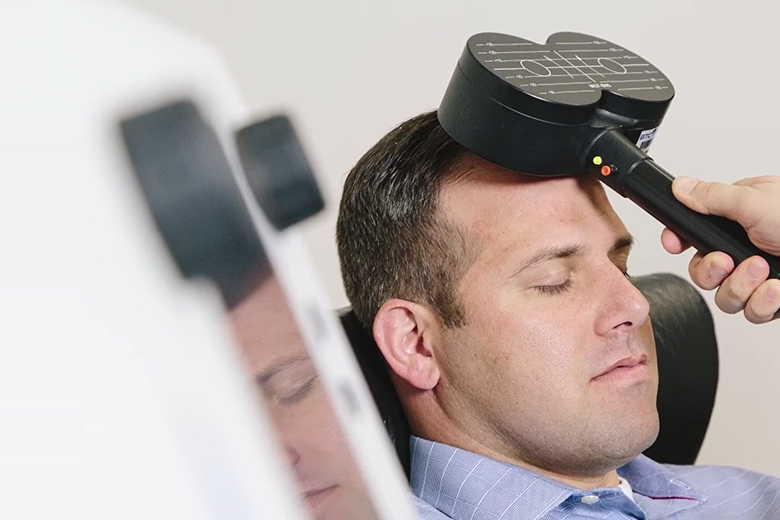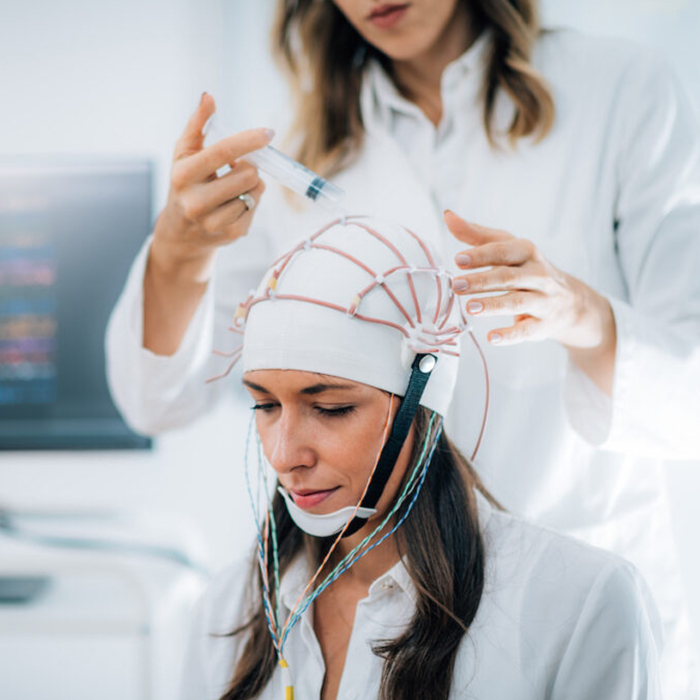MeRT stands for Magnetic E-Resonance Therapy
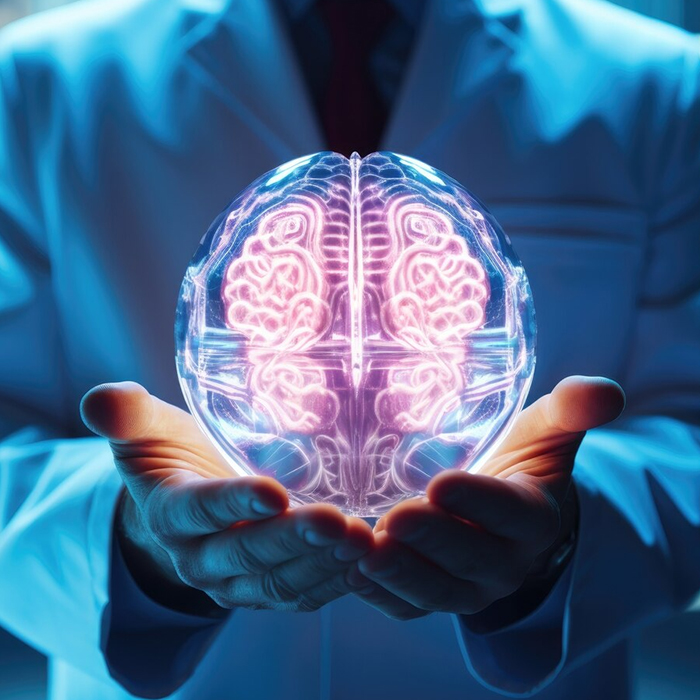
MeRT in Austin
Each person’s brain is completely unique to them. No one’s electrical activity, brain waves, or thought patterns are like anyone else’s. What makes the MeRT process so cutting-edge is that we customize the treatment protocol for each individual.
In more technical terms, MeRT is able to use an individualized approach by obtaining a qEEG, a study that measures the pattern of electrical signals and brain waves. The results of this tell us what is functioning normally in the brain and also show us where dysregulation is occurring.
We use this information to create a precision treatment protocol that uses a technology called TMS (transcranial magnetic stimulation). With TMS, we use a magnetic coil on the scalp to send electrical signals back into the brain in a way that reorganizes the signals and pathways. This, then, stimulates and organizes the function of neurons back into a normal pattern. This process is called neuromodulation.
MeRT can help when other treatments have not been successful. MeRT can also be used along with other treatments to make them more successful.
This technology is used to reprogram abnormal electrical signals and pathways in the patient’s brain. It is an emerging technology that is non-pharmaceutical and non-invasive.
Altered Brain Waves Seen in Patients Experiencing Dysregulation
- Autism
- Traumatic Brain Injury (TBI)/Concussion
- Major Depressive Disorder (MDD)
- Post-Traumatic Stress Disorder (PTSD)
- ADD/ADHD
- Anxiety
With the MeRT process, we use a gentle magnetic field to stimulate and balance brain function. This state-of-the-art technology uses advanced imaging and diagnostics to customize treatment for every patient, specific to each person’s individual condition. MeRT can improve communication and synchronization in the brain and can lead to long-lasting improvement.
The United States Department of Defense conducted much of the initial research for MeRT on veterans who were returning from combat. An article published in Defense Onefurther explains this research along with the benefits that MeRT has shown for people returning from battle who were suffering from TBI, MDD, and PTSD. Since the initial research, further studies have been completed in the private sector on these and other conditions, such as Autism.
What are the Differences Between TMS Treatment and MeRT?
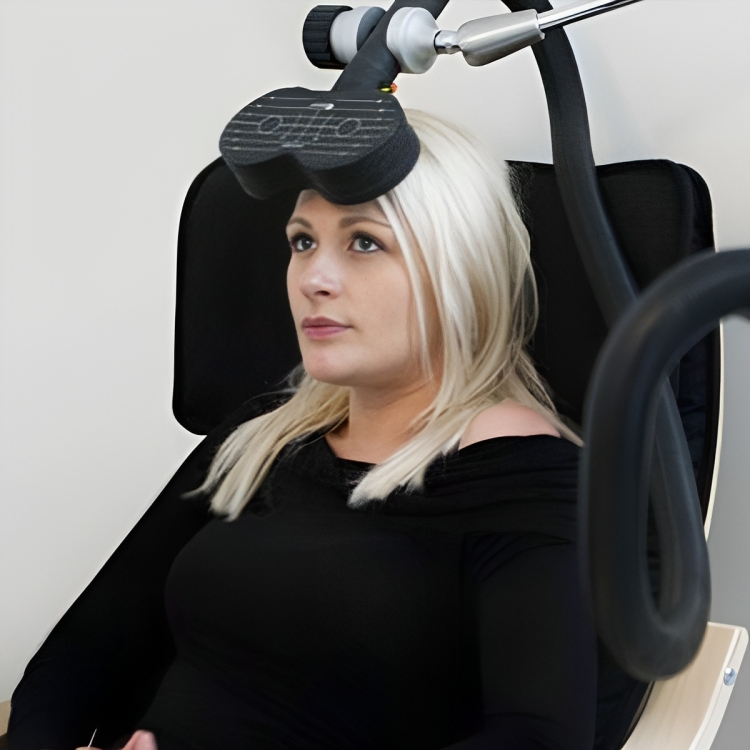
TMS, or transcranial magnetic stimulation, is the process of neuromodulating the brain. It does this by using a magnetic coil on the scalp, which reorganizes the signals and pathways. Medical providers use TMS for various conditions. The Brain Treatment Center also utilizes TMS to administer treatment, but it is highly customized.
Most TMS treatments are used to deliver stimulation to one area of the brain at a fixed frequency for all patients.
Conversely, MeRT uses a qEEG/EKG to analyze and formulate treatments tailored exclusively for each person’s unique brain pattern and dysregulation. While TMS is the means used for brain neuromodulation, we customize its frequency and location for each patient.
What Is A qEEG And How Is It Used In MeRT Treatment?
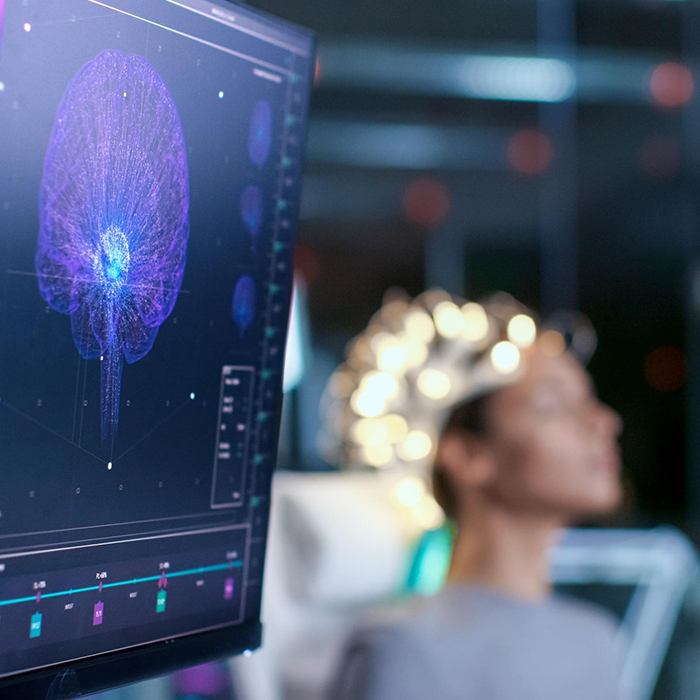
The difference between a standard EEG and a qEEG (quantitative electroencephalogram) is that a regular EEG records electrical activity and brainwaves, which show the underlying brain activity.
The qEEG takes it a step further by applying state-of-the-art mathematical and statistical analysis to the brainwaves. It then compares them to age- and gender-controlled databases compiled from EEGs of persons with no known brain dysregulation.
The qEEG also allows us to create a brain “map,” which provides us with the information needed to identify patterns of dysfunction consistent with various disorders of the brain. These can include brain injury, emotional disorders, learning problems, behavioral issues, and more.
The qEEG is the map that we use to guide treatment for each person, thus improving brainwave activity and correcting dysregulation step by step.
The Four Steps of MeRT Treatment
Benefits of MeRT Treatment*
- Better quality and quantity of sleep
- Increased relaxation
- Improved concentration and focus
- Improved mental clarity and memory
- Better mood
- Greater ability to cope with stress
- Improved sociability
- More motivation
- Greater attention span
- Fewer cravings (drugs and alcohol)
- Enhanced emotional stability
- Improved ability to adapt to changes
- Increased self-esteem and confidence
This Mini Documentary Explains How MeRT Treatment Works
